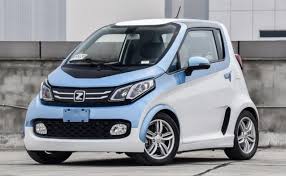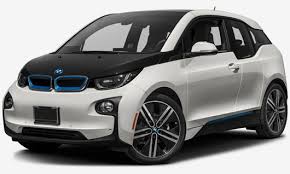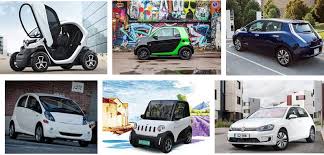Monthly Archives: April 2018
Plug-in-hybrids — “enabling technology” for the transition to electric vehicles
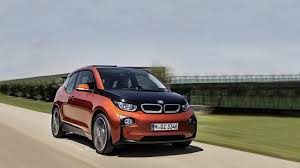 Many consider plug-in hybrids to be a transitional stage between cars with internal combustion engines and fully electric cars, but automakers are bringing new plug-in hybrid models to the market, promising even greater efficiency, improved power reserve and more diverse automotive platforms (including SUVs).
Many consider plug-in hybrids to be a transitional stage between cars with internal combustion engines and fully electric cars, but automakers are bringing new plug-in hybrid models to the market, promising even greater efficiency, improved power reserve and more diverse automotive platforms (including SUVs).
The key difference between fully electric cars and hybrid and plug-in hybrid models is the presence of an internal combustion engine. Fully electric cars are driven only by batteries and electric motors and usually have a power reserve of 150-500 km. Plug-in hybrids have a smaller battery capacity, which usually provides a power reserve on one charge of 30-80 km, and a gasoline internal combustion engine that adds another 500 — 800 km of power reserve. Continue reading
Autopilot & Full Self-Driving: what Tesla Autonomous driving systems include
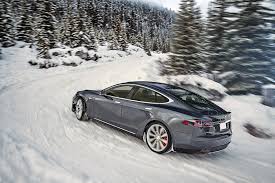 Since 2014, Tesla has been selling its electric cars with an Autonomous driving system that uses a variety of cameras, radars, and ultrasonic sensors located around the car.
Since 2014, Tesla has been selling its electric cars with an Autonomous driving system that uses a variety of cameras, radars, and ultrasonic sensors located around the car.
The system includes a set of driver assistance functions that provide limited and enhanced self-driving capabilities on motorways. Initially, the system was offered as an option for the Model S, now the autopilot can be ordered for all Tesla models.
Now the Tesla Autonomous control system is the subject of controversy, in which opponents argue that it is too overrated and it will never be able to become fully Autonomous, and optimists and fans of the brand say that now the system significantly improves driving safety, and will soon become completely Autonomous. Continue reading
